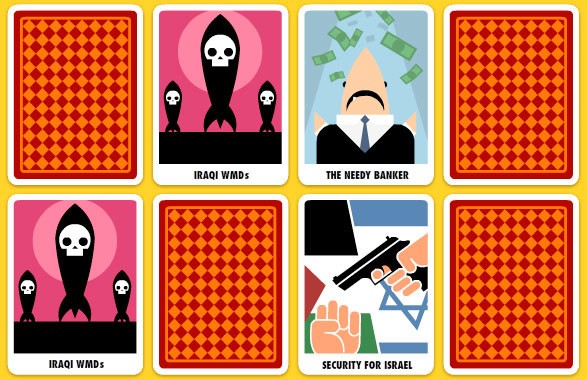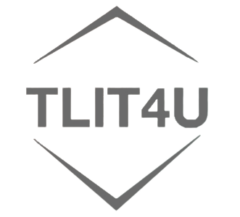| Resource type | Game | |
| URL | Link | |
| General objectives | | |
| Learning | Simplification of history knowledge, prospective, critical thinking and US and contemporary history, historical revisionism. |
| Entertainment | Nice graphics, nice game dynamics with an inaspected twist. |
| Ethical | In the game there is a strong component of what is consedered right. |
| Others | |
| Related topics/Glossary – Keywords | Develop an understanding of historical revisionism and contemporary historical and social issues. | |
| Expected learning outcomes | | |
| Knowledge | Knowledge of uncertainty and prospective in history; critical thinking |
| Skills | Soft skills such as critical thinking and critical evaluation of sourses |
| Abilities | Ability to reflect and recognize historical revisionism |
| Teaching methodologies/Activity outline | | |
| 1. Starting a challenge: (brainstorming problem situation. By asking the students questions, the teacher stimulates their thinking) | The game should be used as an introduction tool for a broader activity about history and historical revisionism due to its surprise and unexpected outcome. |
| 2. Activation (In Class) / Explanation: (ask the students to watch the videos, read articles, etc. related to the learning outcomes) | The game can be run in class while the game has been projecting; the teacher asks to a student to play and comment outloud what is happening in the game. |
| 3. Processing: (ask your students to do this experience at home or in the classroom) | At some point students realis something is wronge becuse the game dosnt follow its own rules. The teacher should ask what do they think is happening and why and what are the cards interested in these changing. |
| 4. Conclusion and evaluation reflections | After the students have identified some key couple of cards and the related stereotypes the teacher should be ready to introduce and explain the issues. |
| Information and transliteracy competencies | | |
| | Scores:
0 (none) to 5 (strong) |
| Critical Thinking | 5 (This is a key point: history is always a matter of prospective and we should be aware of that.) |
| Creativity | 1 |
| ICT/Digital Skills | 1 |
| Collaboration | 2 |
| Information Skills | 2 |
| STEAM competencies | | |
| Creative Thinking | 1 |
| Critical Thinking | 5 (The game gives students the opportunity of reflecting of the two side of complex situation.) |
| Mathematical Thinking | 1 |
| Scientific Thinking | 1 |
| Activity development | | |
| Description of the game use to achieve the learning goals | The game is simple but effective due to its unaspectite outcome. It can be used as a starting point in an introduction activity about historical revisionism and complexity in historical and sociological topics. The fact that we all have played the game as kids make the game immediatly engaging and clear; nevertheless the outcome is exacly the opposite of that we are expecting. This is a valuable lesson in teams of critical thinking. |
| Required tool(s) | PC, projector, no music needed |
| Instructions for students | not needed |
| Final Comments | |
| Required settings | None | |
| Class management | | |
| Individual work | it can be played individually at home or before class but there is potential as a group activity |
| Team work | if possible, small groups are recommended in order to compare not results but ideas about why it happened what it happened |
| Whole group | Another valuable option |
| Time management | | |
| Short activity (< 1h) | Yes |
| Medium activity (>1h;<1 day) | |
| Long activity (> 1 day) | |
| Sources/extra readings | None | |

